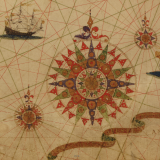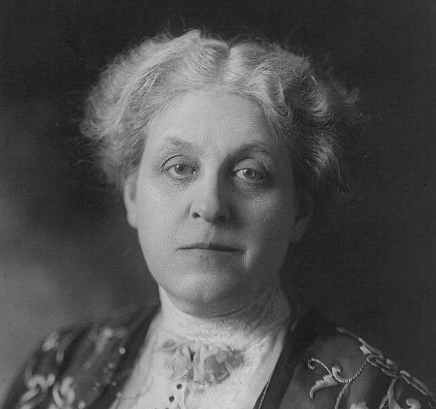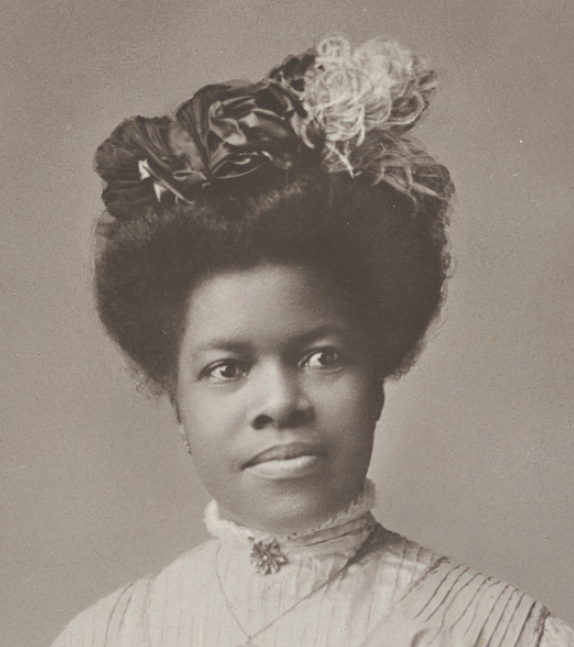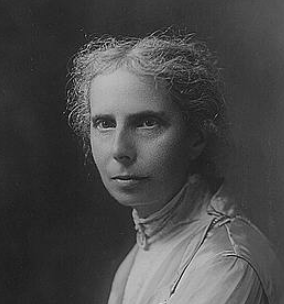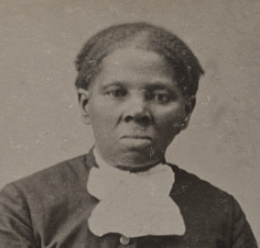 Sherrie Galloway
Sherrie Galloway
 Mary Alice Anderson
Glad you both are having fun with it. Seems like many classroom applications for students and teachers.
Mary Alice Anderson
Glad you both are having fun with it. Seems like many classroom applications for students and teachers.
Bring History to Life with Old Maps Online

Looking for an engaging way to spark curiosity and critical thinking in your history classroom? Old Maps Online (oldmapsonline.org) is a treasure trove of historical maps that can bring the past to life for your students. This free resource allows you to explore thousands of digitized historical maps from collections around the world, and it’s perfect for integrating visual analysis into your lessons.
Classroom Ideas
1. Then and Now Comparison: Have students compare a historical map with a modern map to analyze urban growth, environmental changes, or boundary shifts.
2. Storytelling with Maps: Use maps as a springboard for student research projects. For example, examine a map of the 1800s United States and have students investigate westward expansion.
3. Critical Map Analysis: Encourage students to question maps as historical artifacts. Who made the map, and for what purpose? What can we infer about the mapmaker’s perspective?
Impressive! I poked around a bit. It appears to be incredibly fun, useful, and an especially good use of technology in the classroom or just for fun
Bring History to Life with Old Maps Online

Looking for an engaging way to spark curiosity and critical thinking in your history classroom? Old Maps Online (oldmapsonline.org) is a treasure trove of historical maps that can bring the past to life for your students. This free resource allows you to explore thousands of digitized historical maps from collections around the world, and it’s perfect for integrating visual analysis into your lessons.
Classroom Ideas
1. Then and Now Comparison: Have students compare a historical map with a modern map to analyze urban growth, environmental changes, or boundary shifts.
2. Storytelling with Maps: Use maps as a springboard for student research projects. For example, examine a map of the 1800s United States and have students investigate westward expansion.
3. Critical Map Analysis: Encourage students to question maps as historical artifacts. Who made the map, and for what purpose? What can we infer about the mapmaker’s perspective?
I look forward to spending some time browsing this collection. I find the overlays particularly intriguing, but the other features look amazing. Thanks  Peter Pappas
for sharing!
Peter Pappas
for sharing!
Bring History to Life with Old Maps Online

Looking for an engaging way to spark curiosity and critical thinking in your history classroom? Old Maps Online (oldmapsonline.org) is a treasure trove of historical maps that can bring the past to life for your students. This free resource allows you to explore thousands of digitized historical maps from collections around the world, and it’s perfect for integrating visual analysis into your lessons.
Classroom Ideas
1. Then and Now Comparison: Have students compare a historical map with a modern map to analyze urban growth, environmental changes, or boundary shifts.
2. Storytelling with Maps: Use maps as a springboard for student research projects. For example, examine a map of the 1800s United States and have students investigate westward expansion.
3. Critical Map Analysis: Encourage students to question maps as historical artifacts. Who made the map, and for what purpose? What can we infer about the mapmaker’s perspective?

Looking for an engaging way to spark curiosity and critical thinking in your history classroom? Old Maps Online (oldmapsonline.org) is a treasure trove of historical maps that can bring the past to life for your students. This free resource allows you to explore thousands of digitized historical maps from collections around the world, and it’s perfect for integrating visual analysis into your lessons.
Classroom Ideas
1. Then and Now Comparison: Have students compare a historical map with a modern map to analyze urban growth, environmental changes, or boundary shifts.
2. Storytelling with Maps: Use maps as a springboard for student research projects. For example, examine a map of the 1800s United States and have students investigate westward expansion.
3. Critical Map Analysis: Encourage students to question maps as historical artifacts. Who made the map, and for what purpose? What can we infer about the mapmaker’s perspective?
These are beautiful graphics  Sherrie Galloway
There are many directions teachers can go with in your post. At our schools the Math and Statistics teachers teach Data Visualization and these are wonderful examples. Also in the article you linked, Data Visualization in Society, one quote from the summary of the book certainly points to a media literacy lesson.
Sherrie Galloway
There are many directions teachers can go with in your post. At our schools the Math and Statistics teachers teach Data Visualization and these are wonderful examples. Also in the article you linked, Data Visualization in Society, one quote from the summary of the book certainly points to a media literacy lesson.
”Do data visualizations do 'good' or 'bad'? Do they promote understanding and engagement, or do they do ideological work, privileging certain views of the world over others?”
Is it a Map?

Is it a Map? blog post by Julie Stoner includes some fascinating unusual infographic/chart/maps that defy a traditional description. How would your students begin to decode this primary source? I imagine listening to students grapple with the analysis process could be enlightening.
The others examples included in the post are equally compelling.

Would students possible use this map before or after studying the Civil War? It would take some time to make sense of all the information.

The third map doesn't seem related to the other two but again is unique and a challenge to figure out.
I did a search of "chart" in the Geography and Map collections and found some others items that might be of interest.



I encourage you to search the LOC collections for charts or graphics to see what you might find and share.
For those wanting a very deep dive into infographics, Data Visualization in Society,
a text published in 2020 might be just what you are looking for!

Is it a Map? blog post by Julie Stoner includes some fascinating unusual infographic/chart/maps that defy a traditional description. How would your students begin to decode this primary source? I imagine listening to students grapple with the analysis process could be enlightening.
The others examples included in the post are equally compelling.

Would students possible use this map before or after studying the Civil War? It would take some time to make sense of all the information.

The third map doesn't seem related to the other two but again is unique and a challenge to figure out.
I did a search of "chart" in the Geography and Map collections and found some others items that might be of interest.



I encourage you to search the LOC collections for charts or graphics to see what you might find and share.
For those wanting a very deep dive into infographics, Data Visualization in Society,
a text published in 2020 might be just what you are looking for!
Thanks for your thoughtful comments. I find the blog posts so interesting and they are a great way to discover hidden gems. The Lilly Ledbetter Fair Pay Act of 2009 could also be added to this discussion.
In the discussion  Sherrie Galloway
started above, she cited Meagan Snow's blog post, https://blogs.loc.gov/maps/2024/11/illustrating-womens-work-early-maps-of-the-womens-bureau/. In that post, it was clear that the Women in Industry Service agency, later the Women’s Bureau of the Department of Labor, was concerned with how many hours (daytime, nightime, and cumulative) women were required to work by their employers, rather than allowed to work, but the implication is that there were to be, in many cases, two standards, one for women and one for men.
Sherrie Galloway
started above, she cited Meagan Snow's blog post, https://blogs.loc.gov/maps/2024/11/illustrating-womens-work-early-maps-of-the-womens-bureau/. In that post, it was clear that the Women in Industry Service agency, later the Women’s Bureau of the Department of Labor, was concerned with how many hours (daytime, nightime, and cumulative) women were required to work by their employers, rather than allowed to work, but the implication is that there were to be, in many cases, two standards, one for women and one for men.
Thanks so much for drawing attention to this great blog post. I especially like the closing two paragraphs:
Concerns about women’s labor and pay affected the Bureau itself, as well. In 1921, Mary Anderson noted that Congress had capped the salaries to be paid in the Women’s Bureau, resulting in “a discrimination against a few highly trained people who are doing most valuable work at a rate of pay considerably less than that paid for similar work in other departments and in other sections of the Department of Labor itself.”
In 1938, the Fair Labor Standards Act ordered that “no classification shall be made under this section on the basis of age or sex,” (an achievement of Mary Anderson felt was connected to the work of the Women’s Bureau) while also setting national standards for wages and working hours. It would not be until 1963 that the Equal Pay Act would prohibit sex-based wage discrimination – considered a major legislative achievement for the Bureau. The Equal Rights Amendment, first proposed in 1923 to guarantee equality of rights under the law for all persons regardless of sex, has still not been passed. As of 2024, the Women’s Bureau still exists within the Department of Labor.
Testimonials
- I love that there is new info on the site daily!
- I had a wonderful time working with the Library of Congress and learning about all of the resources at my fingertips!
- The TPS Teachers Network has an equal exchange of ideas. You know it's not a place where you're being judged.
- My colleagues post incredibly fine resources and ideas....the caliber of the suggestions and resources make me feel that I take a lot from it. It's a takeaway. And I hope that I can give back as much as I get.
- Going into this school year, I have a fantastic new resource for my own instruction and to share with my colleagues!
- I am very glad that I discovered the TPS Teachers Network through RQI. Great resources can be hard to find out there on the internet!

